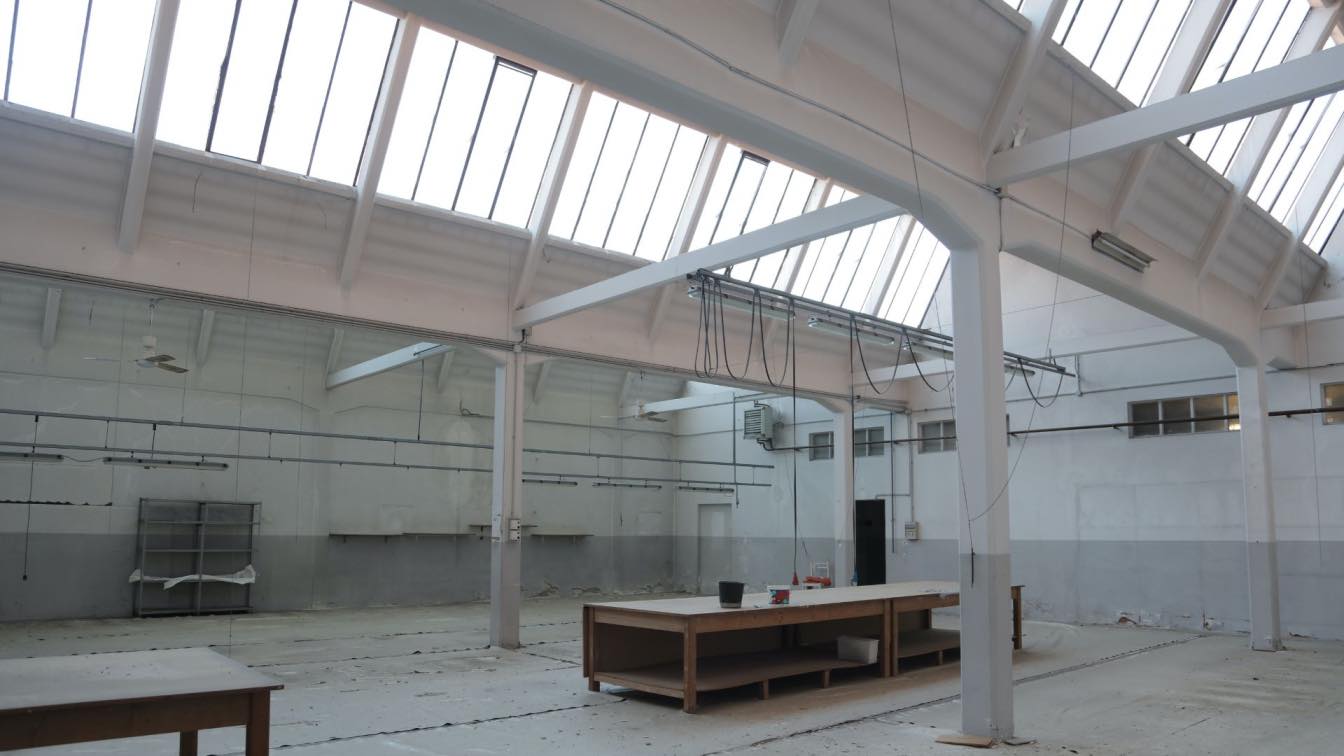Steel beams are one of the most popular types of beams being used in construction today. They have a variety of benefits that make them an appealing choice for builders and contractors. Steel beams are strong, durable, and resistant to weathering, making them a good choice for both indoor and outdoor projects. Additionally, steel is a relatively affordable material, which makes it a cost-effective option for construction projects.
They are also extremely versatile, as they can be used to create structural frames for buildings, bridges, and other large structures. They can also be used to construct walls, roofs, and even staircases.
But with so many different types of steel beams on the market today, it can be hard to know which one is right for your specific project. Therefore, in this blog post, we will explore the most popular steel beams being used in construction today. We will discuss their strengths and weaknesses, and help you decide which one is best for your needs. So whether you are building a residential or commercial structure, you can make sure you are using the right type of steel beam for your project.
Wide Flange Beams
Wide flange beams, also known as W-beams, are a type of beam that is made up of a wide steel plate that has been bent into the shape of an I or H. The width of the plate determines the name of the beam (wide flange). These beams have become very popular in recent years due to their versatility and strength. They can be used in many different applications, including construction and manufacturing.
One common use for wide flange beams is in construction projects. They are often used to create floor joists and roof trusses. They are one of the most commonly used types of beams for this purpose. Their strength and versatility make them ideal for this application. Wide flange beams can also be used in other parts of a construction project, such as walls and columns.
Wide flange beams can also be found in many factories and industrial settings. They are often used to create machine frames and support structures. They are the preferred type of beam for these applications due to their strength and durability.
Wide flange beams are also popular in residential settings. They can be used for support beams, trellises, and other structures. They can also be used to create arches or curves, making them a great choice for decorative purposes as well.
RSJ Beams
These beams better known as rolled steel joists are a type of beam made from hot-rolled steel. They have become increasingly popular in recent years due to their strength and versatility. RSJ beams can be used for many different applications, including construction projects and industrial uses.
In construction projects, RSJ beams are commonly used for floor joists and roof trusses. Their strength and durability make them an ideal choice for this purpose. Due to their shape, an RSJ beam is used to support walls and floors, making them a great option for creating strong structural frames. This makes RSJ beams a popular choice for many residential projects.
You can find two different types of RSJ beams on the market today: universal and parallel. Universal RSJ beams have an H or I shape, while parallel RSJ beams have a T or box shape. Depending on the type of project you are working on, one may be better suited for your needs than the other.
Channel Beams
Channel beams, also known as C-beams or U-beams, are a type of beam with a cross-sectional shape resembling the letter “C”. They are widely used in construction projects for their strength and versatility. Channel beams can be found in many different sizes, making them suitable for both residential and commercial projects.
In terms of construction projects, channel beams are often used to create floor joists and roof trusses. They can also be used to support walls and floors, making them a great choice for creating strong structural frames. One advantage of using channel beams is that they require less welding than other types of beams. Not only does this save time and money, but it also makes them easier to install.
The main disadvantage of channel beams is that they are not as strong as some other types of beams. However, this can be addressed by using different sizes and shapes for different projects. This will ensure that the beam you use is best suited to your needs.
T-section Beam
T-section beams are a type of beam with a cross-sectional shape resembling the letter “T”. While you might not find them as common in home construction projects, they are widely used in construction and industrial settings for their strength and versatility.
The best thing about T-section beams is their ability to withstand heavy loads. They are often used for floor joists and roof trusses in construction projects as they can easily support the additional weight without buckling or breaking. They are also commonly used in factories and industrial settings to create machine frames and other structures.
However, they do require more welding than other types of beams. This can be time-consuming and expensive, which can make them impractical for certain applications. But, if you need a strong beam that can support heavy loads, then T-section beams may be the perfect solution for your project.
How to Choose the Right Beam
When it comes to choosing the right beam for your project, there are a few factors you should consider. First and foremost, consider the load-bearing capabilities of each type of beam. This is especially important if you’re using beams to support heavy loads or structures. So if you are looking for a beam that can support a heavy weight, then you should opt for an RSJ or T-section beam. On the other hand, lighter loads can be easily supported by channel or universal beams
You also want to look at how easy the beam is to install and how much welding will be required. As mentioned before, T-section beams require a lot of welding and can be more time-consuming to install. If you’re looking for an easier option, then channel or universal beams are a better choice.
Finally, think about cost – some types of beams may be more expensive than others, so you want to make sure you choose one that fits within your budget. Luckily, the wide variety of beam types available means you should be able to find one that meets your needs without breaking the bank.
 image © Brett Jordan
image © Brett Jordan
As you can see, different types of beams have their advantages and disadvantages and thus there is no one-size-fits-all answer when it comes to choosing the right beam for your project. However, by considering factors such as load capacity, ease of installation, and cost, you should be able to find a beam that is perfect for your needs.





